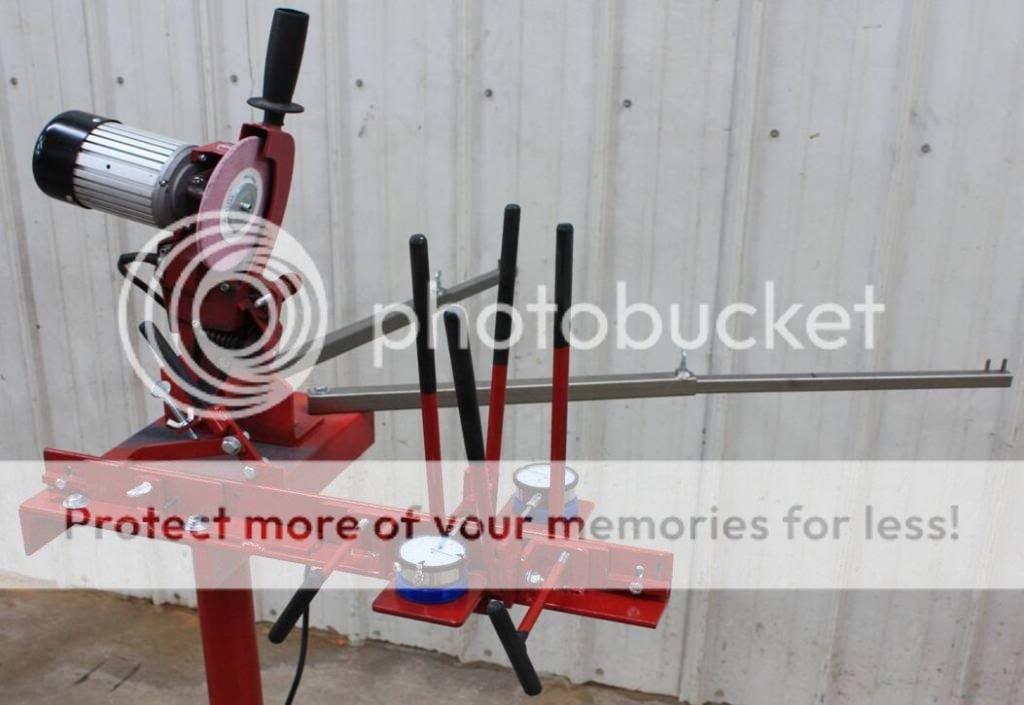Woodsrover
ArboristSite Operative
Hey all. Long time, no see.
I've been in the woods and cutting firewood forever and decided to get into making my own lumber. I've got a bunch of projects around the place lined up that I need lumber for and a whole bunch of standing softwood timber that I can't burn...Might as well get myself a sawmill. I've been cutting and stacking 11' white pine saw logs in anticipation.
Last week the truck backed in with my brand new Norwood ML26 and I've been slowly putting it together over the past few nights. I've got two tri-axle loads of gravel being delivered this week and I should have it spread out and the wooden bunk built, set and leveled by this weekend. With any luck I'll be milling wood next week.
Now the question...I'm worried about the dirt and such ground into the bark from skidding it out of the woods. I know the havoc this raises with the blades. Rumor has it the dirt on the bark is my biggest enemy. My plan is to pressure wash each log before I set it on the mill but then got to thinking about a Log Wizard. Does anyone use them to debark before they mill their wood? Is it worth the time, money and energy? I think the five minutes it will take to get rid of the bark at the saw cut would be well worth it. There's a sharpener in town that I can use but I'd really like to preserve the blades as much as I can.
Thanks for any advice.
And of course, look for photos of my first lumber in a week or two.
jim
I've been in the woods and cutting firewood forever and decided to get into making my own lumber. I've got a bunch of projects around the place lined up that I need lumber for and a whole bunch of standing softwood timber that I can't burn...Might as well get myself a sawmill. I've been cutting and stacking 11' white pine saw logs in anticipation.
Last week the truck backed in with my brand new Norwood ML26 and I've been slowly putting it together over the past few nights. I've got two tri-axle loads of gravel being delivered this week and I should have it spread out and the wooden bunk built, set and leveled by this weekend. With any luck I'll be milling wood next week.
Now the question...I'm worried about the dirt and such ground into the bark from skidding it out of the woods. I know the havoc this raises with the blades. Rumor has it the dirt on the bark is my biggest enemy. My plan is to pressure wash each log before I set it on the mill but then got to thinking about a Log Wizard. Does anyone use them to debark before they mill their wood? Is it worth the time, money and energy? I think the five minutes it will take to get rid of the bark at the saw cut would be well worth it. There's a sharpener in town that I can use but I'd really like to preserve the blades as much as I can.
Thanks for any advice.
And of course, look for photos of my first lumber in a week or two.
jim

























































